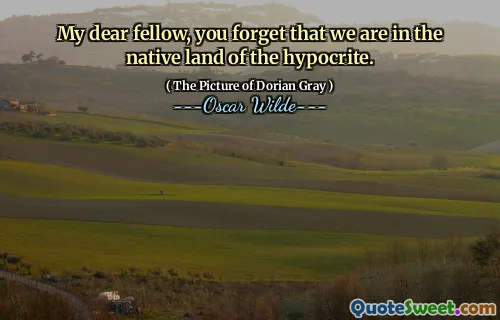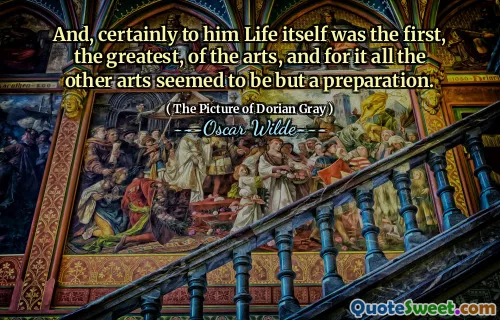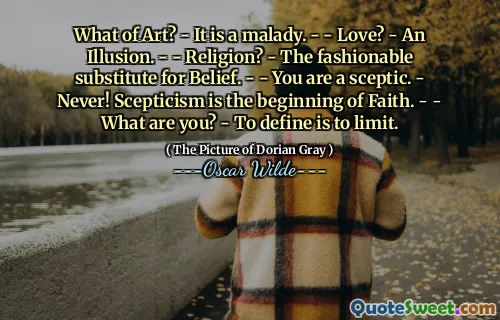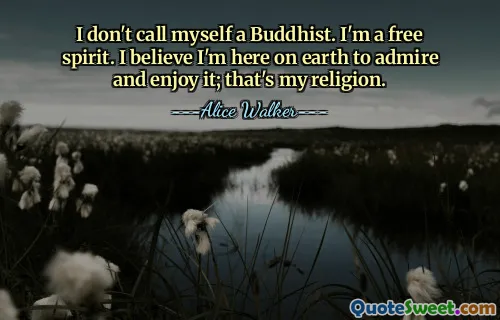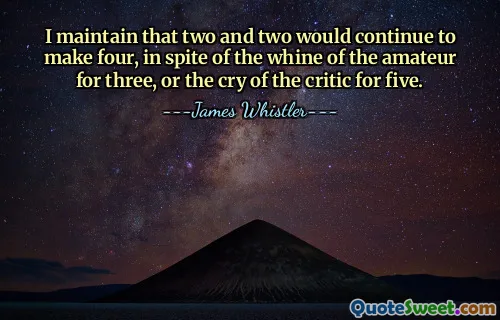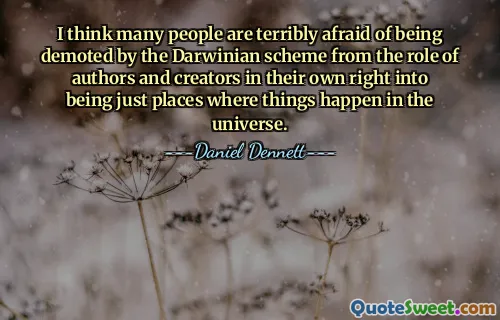
What of Art? - It is a malady. - - Love? - An Illusion. - - Religion? - The fashionable substitute for Belief. - - You are a sceptic. - Never! Scepticism is the beginning of Faith. - - What are you? - To define is to limit.
This quote from Oscar Wilde's The Picture of Dorian Gray offers a profound yet paradoxical examination of some of the essential aspects of human experience: art, love, religion, skepticism, and identity. Wilde provocatively dismisses art as a 'malady,' suggesting that creative passion might be akin to a sickness—something that consumes or haunts the individual. This adds a layer of complexity to the often romanticized notion of artistic genius, implying that-driven creativity may be born of turmoil or distress rather than simple joy or beauty.
In declaring love an "illusion," Wilde confronts the notion of love as a purely idealistic or even deceptive experience, encouraging the reader to question the authenticity or permanence of romantic attachments. This cynicism balances against conventional views that see love solely as a transcendent or redemptive force.
The portrayal of religion as a "fashionable substitute for Belief" sheds light on societal tendencies to adopt structures or systems perhaps more out of conformity than genuine conviction. This comment critiques not faith itself but the superficial ways in which it can be expressed or adopted.
Moreover, the exchange about skepticism illuminates an important intellectual stance: skepticism as a pathway to faith, rather than its antithesis. Wilde suggests that true faith isn't blind acceptance but emerges from questioning and critical thought.
Finally, the statement "To define is to limit" reflects a philosophical humility about identity and understanding. It reminds us that fixed categories or definitions might constrain the fluid, multifaceted nature of selfhood and existence.
Overall, this compact dialogue invites reflection on the tensions between passion and reason, appearance and reality, certainty and doubt, and the boundaries we impose on ourselves and others. Wilde’s stylistic use of contradictions compels readers to embrace complexity and question easy certainties in life and art.
